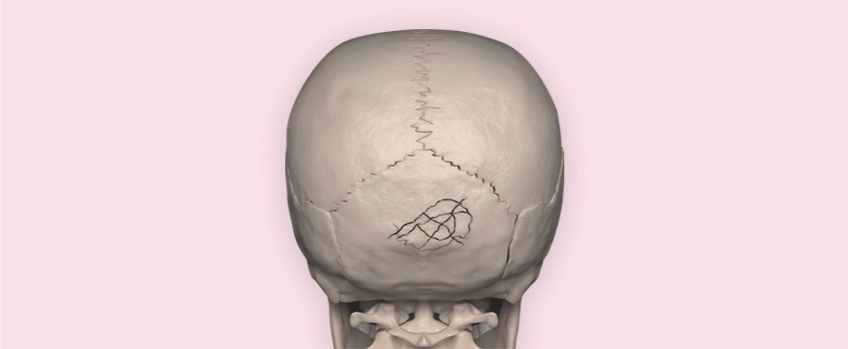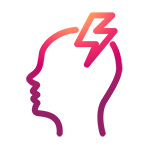Cranial (Skull) Fractures

Any break in the cranial bone, also known as the skull, is known as a skull fracture. A major cause for a cranial fracture is a head trauma that is strong enough to cause a break in the skull. Brain injury might occur along with a fracture but not always. In people with a skull fracture, brain damage might be more severe. The severity of the fracture depends on the location and type of the fracture.
What are the symptoms of cranial fractures?
Cranial fractures are usually hard to spot as the symptoms may appear immediately or within 24 hours of the head trauma






















Skull fractures can be classified according to their severity and the damage they cause.
The different types of skull fracture include:
- Simple fracture
- Linear fracture
- Depressed fracture
- Compound fracture
Some skull fractures can lead to bleeding or swelling in the brain, which can compress the underlying brain tissue and thereby result in brain damage.
There can be various causes for a skull fracture but the most common are the following
- A strong impact or a blow to the head
- Head injury
- Falls
- Automobile accidents
- Physical assault
- Sports
A cranial fracture might be diagnosed in physical examination of the head or the trauma site. But to be able to diagnose the extent and exact nature of the damage various diagnostic tests should be performed.
Diagnostic tests
- X – rays
- CT or CAT scan
- Magnetic resonance imaging (MRIs)
The treatment for cranial fractures depends upon the location and severity of the fracture.
Treatment might include
- Pain medication for mild fractures
- Neurosurgery for more serious injuries

